
Animal
08:45, 19-Mar-2019
The once endangered milu deer now thrives in its homeland
CGTN

With giant deer antlers on the horse-like head, a donkey's tail and cow's hooves, the milu deer, also known as Pere David's deer, is a strange looking animal.
They are very picky about the wetland that they inhabit and the water plants they forage on. They particularly love rolling about in the mud, especially during the mating season, which makes the land easier for farmers to cultivate.
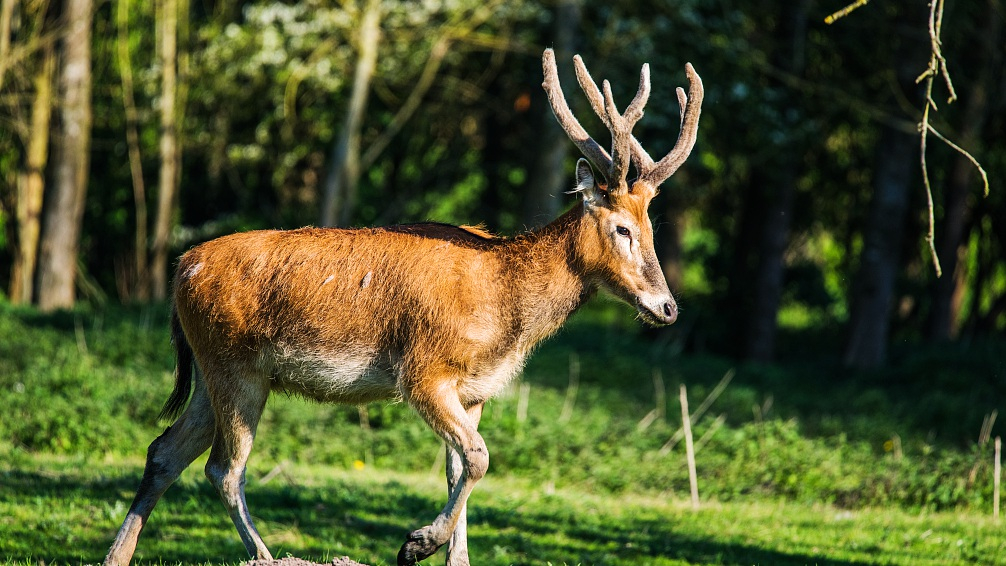
Pere David's deer stag (Milu). /VCG Photo
Pere David's deer stag (Milu). /VCG Photo
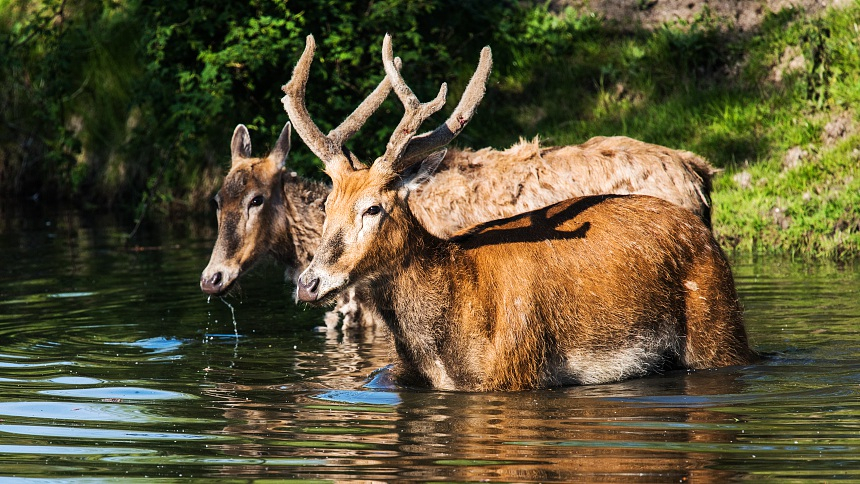
Pere David's deer (Milu) in the water. /VCG Photo
Pere David's deer (Milu) in the water. /VCG Photo
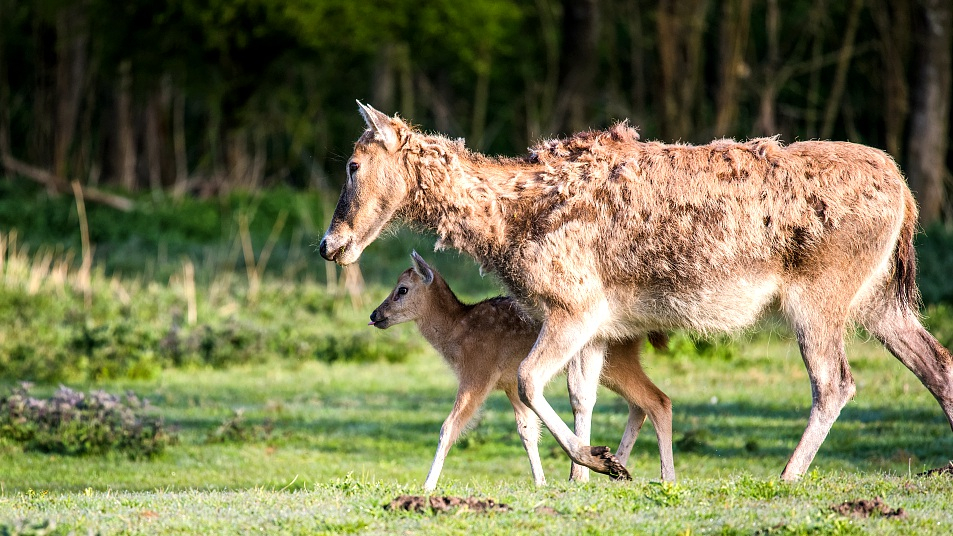
Female Pere David's deer (Milu) with a baby deer. /VCG Photo
Female Pere David's deer (Milu) with a baby deer. /VCG Photo
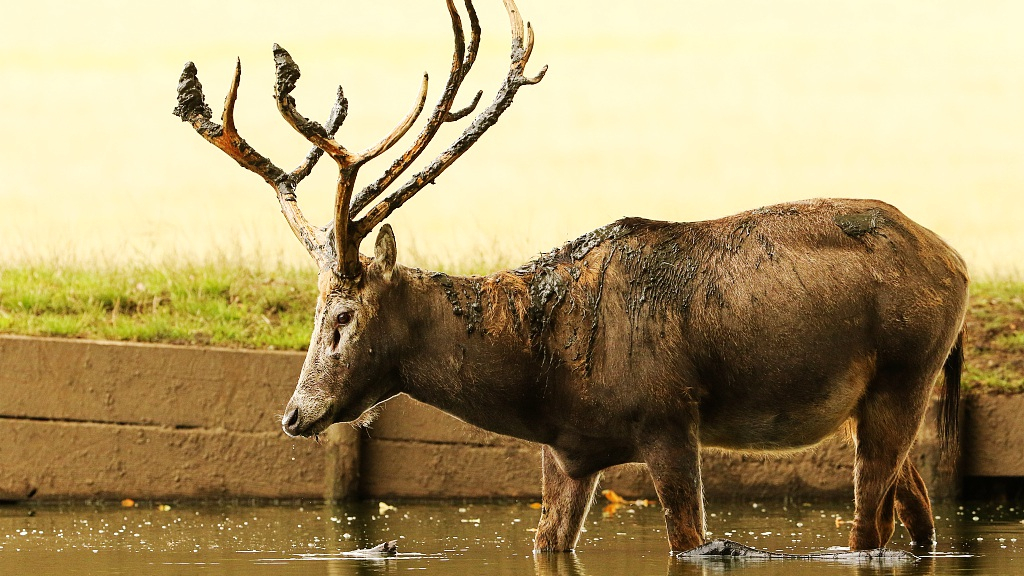
A stag Milu deer standing in water. /VCG Photo
A stag Milu deer standing in water. /VCG Photo
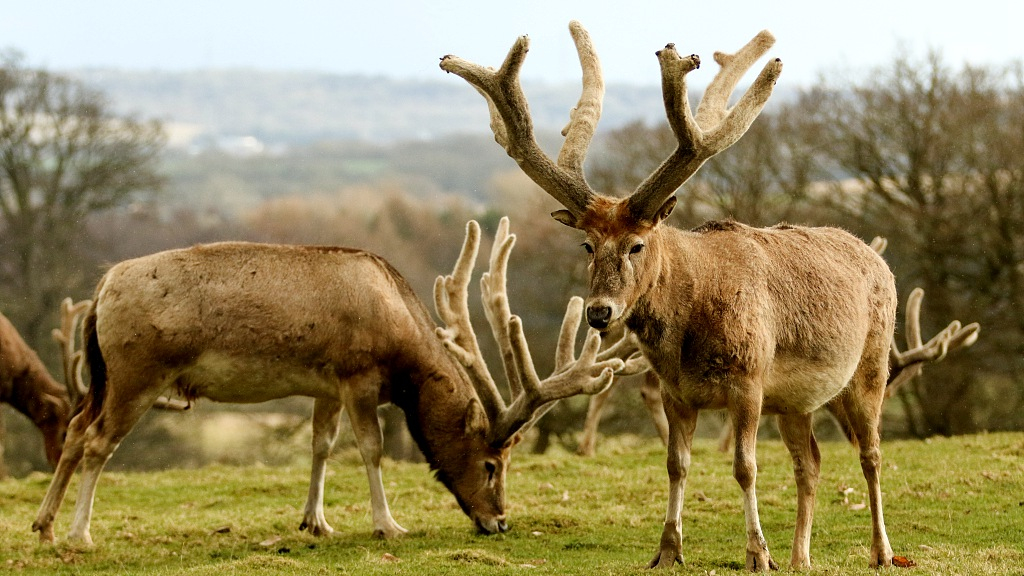
Stunning Milu deer grazing in a pasture at the top of a hill. /VCG Photo
Stunning Milu deer grazing in a pasture at the top of a hill. /VCG Photo
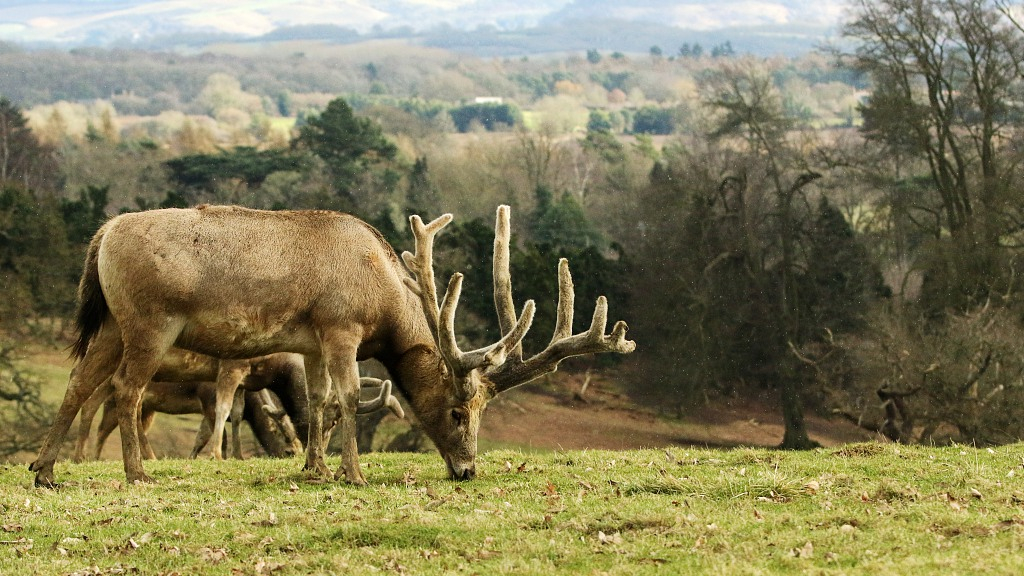
Milu deer grazing on the top of a hill. /VCG Photo
Milu deer grazing on the top of a hill. /VCG Photo

A group of stag Milu deer standing in the water. They have been digging up the mud in the lake with their antlers and then tossing it over themselves. /VCG Photo
A group of stag Milu deer standing in the water. They have been digging up the mud in the lake with their antlers and then tossing it over themselves. /VCG Photo
Native to China, the milu deer once went extinct in the wild due to overhunting and habitat loss in 1900. In 1986, the British government gifted 39 milu deer to Dafeng Milu National Nature Reserve in east China's Jiangsu Province, starting a revival of the population in its homeland.
Now, the population of the milu deer in the reserve has risen from 39 to 4,556, accounting for two-thirds of its total population in the world. The reserve also managed to release the deer into the wild for five times, which makes its number in the wild reach 1,000.
(Cover photo via VCG.)
(If you want to contribute and have specific expertise, please contact us at nature@cgtn.com)

SITEMAP
Copyright © 2018 CGTN. Beijing ICP prepared NO.16065310-3
Copyright © 2018 CGTN. Beijing ICP prepared NO.16065310-3